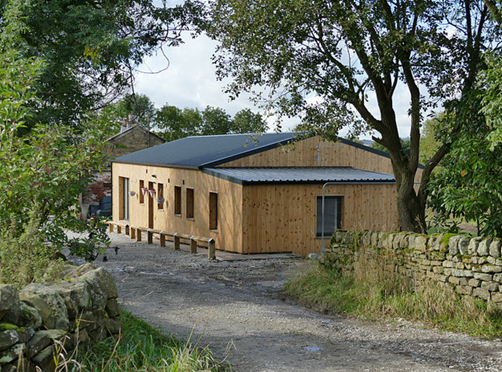Timber cladding is sustainable and eco-friendly, and it can create looks from traditional to super contemporary. When choosing timber cladding, you have a lot of options, from the type of wood you use to the edging

Image Credit
The overall effect of timber cladding will guide your choice as much as the properties of a specific wood, whether you want a versatile larch, a bark edged cedar, or elegant oak feather edge cladding.
Edging
The edging you choose for your timber cladding has a big impact on the overall effect. Whether you’re using a softwood or a hardwood such as oak feather edge cladding reduces the amount of timber you need to cover a frame by about 25%. Waney edge cladding creates a more traditional, natural feel with its natural bark edges, and straight edge cladding has a modern, precise look.
Oak Cladding
Oak is a classic and popular material. It’s naturally durable and it comes in a range of colours that mean you can create a variety of different effects, although most types of oak will fade to a silver patina over time if not treated. Treating oak slows down weathering but doesn’t completely prevent it, and one of the big advantages of oak is that you don’t need to treat it: it looks great and lasts well untreated. That’s the main reason why oak tends to come at a premium price.

Image Credit
Hardwoods such as oak also retain heat. Using them on exteriors or interiors creates natural insulation that could help lower your heating bills.
Western Red Cedar Cladding
Previously, this cladding choice used wood imported from Canada, but with an increasing number of these trees in the UK, home-grown options are now practical and popular. Red cedar is a beautiful wood, and very hard to replicate with synthetic materials. It also lasts for decades if installed properly.
Western red cedar can be more affordable than oak, but you will pay a premium price for the best possible quality.
Larch Cladding
This is another great British softwood. It’s not as long lasting (though still 30-50 years), but the big advantage of larch is that, as a naturally knotty wood, it’s one of the best out there for creating a natural, traditional look. It also comes in a wide range of colours, and is a more affordable option than oak or red cedar.
